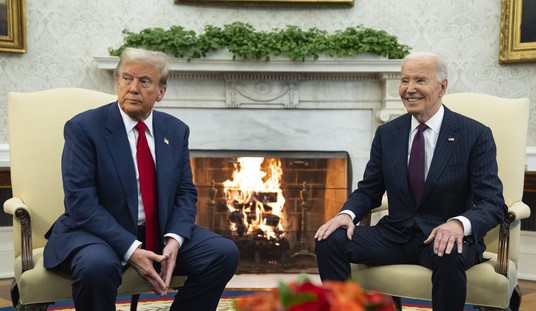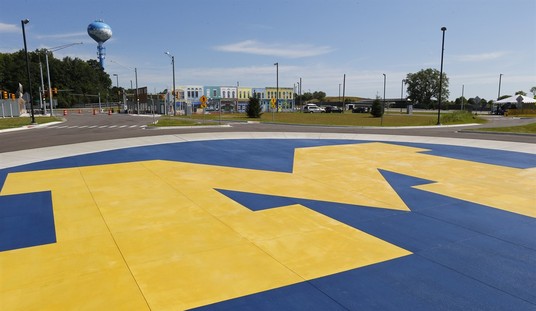We’ve heard plenty of complaints about the backlog in our nation’s immigration courts, where literally more than half a million cases are awaiting adjudication. This all too often results in situations where ICE detains an illegal alien, schedules them for a deportation hearing and then they wind up roaming the streets for years before any action is taken, assuming they can be found again at all. Now the Trump administration is proposing speeding up the process. The nations roughly 350 immigration judges will be held to a higher standard under this proposal, with a minimum number of cases cleared per year being required in order to achieve a satisfactory rating. (ABC News)
The Trump administration has introduced production quotas for immigration judges in an effort to reduce enormous court backlogs, raising concern among judges and attorneys that decisions may be unfairly rushed.
The Justice Department’s Executive Office for Immigration Review said judges must complete 700 cases a year to earn a satisfactory grade. The standards, which take effect Oct. 1, include six other measures indicating how much time judges should spend on different types of cases and court motions.
The move, while significant, didn’t come as a surprise. Attorney General Jeff Sessions, who oversees immigration courts, has sought major changes to the long-clogged courts as a sharp increase in deportation arrests under President Donald Trump has pushed the backlog above 650,000 cases. In December, Sessions wrote judges that performance measures would aid in “the efficient and timely completion of cases and motions” while maintaining fairness.
This idea isn’t as black and white as it may appear at first glance. On the one hand, speeding up the process will no doubt have some of us giving a thumbs up. The system is massively bogged down at the moment and obviously, something needs to be done. Processing more cases will begin correcting that situation.
But while many cases are no doubt similar, some will be unique. If the detained person is claiming that they actually have legal standing to be in the country but have simply lost their paperwork or been the victim of a clerical error, they deserve the chance to prove that and avoid being deported. Certain individuals may qualify for some sort of refugee status and might be able to legally stay. While most will simply need to be deported if they ignored the laws and crossed the border illegally, some small number with a valid claim might be swept up with too large of a broom.
There’s also a question of how much of an improvement this will actually be if it’s implemented. The DoJ is quoting a figure showing that the immigration judges currently complete an average of 678 cases per year. If all 350 of them speed up to an average of 700 per year, that’s an additional 22 cases each, or 7,700 cases being discharged per year. Considering that we’re looking at a backlog of 650,000 we should be caught up by… the year 2102.
With all that in mind, maybe we need to be looking at some additional measures. Even if we want the judges to improve to 700 cases per year, perhaps we need to have a couple hundred more judges on the job handling these cases? A crazy thought, I know, but somebody had to say it.








Join the conversation as a VIP Member